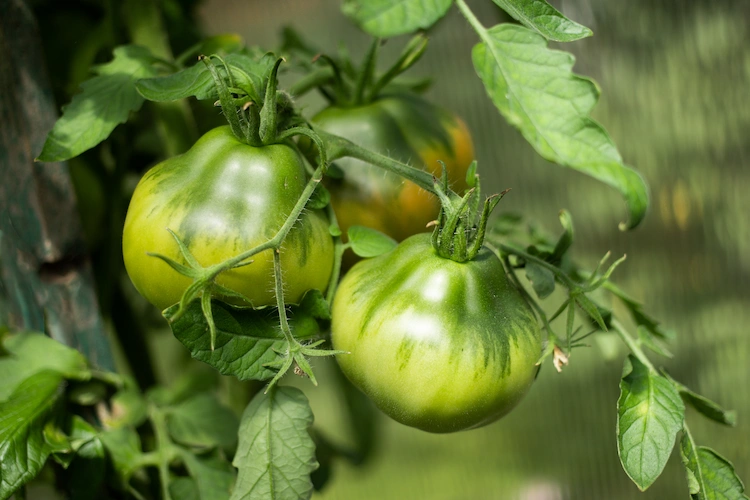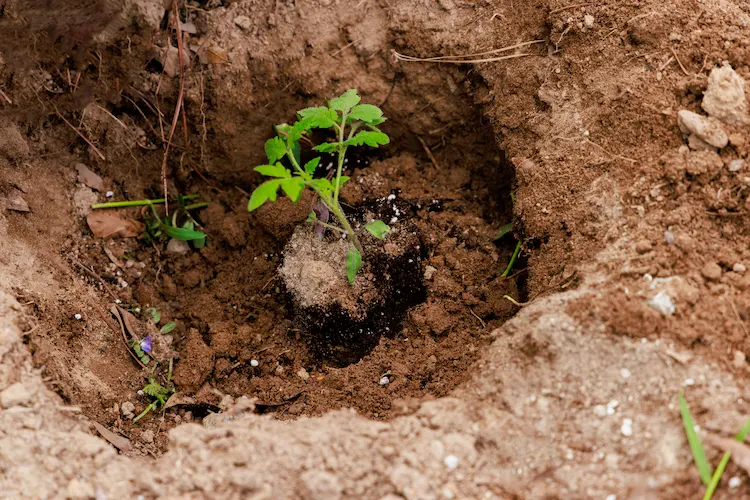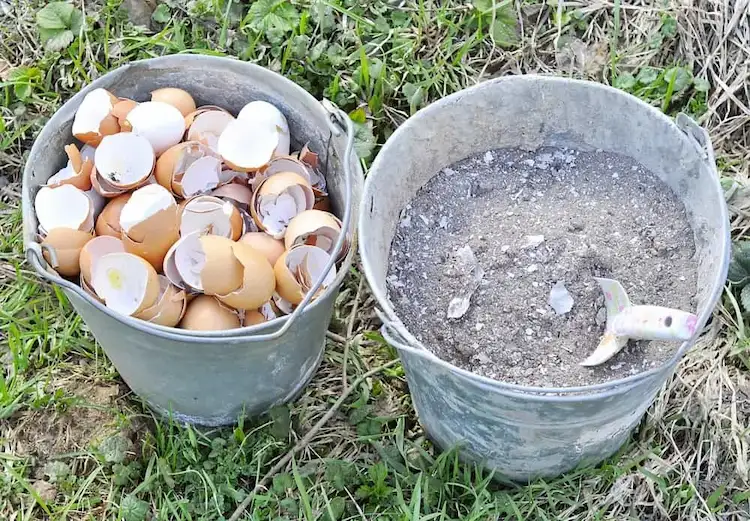Ever wondered if you can make your own tomato fertilizer so your plants can thrive naturally, without chemicals? In fact, the right approach to cultivation and throughout various growing seasons can promote healthy crops and allow for bountiful harvests. Although tomato plants are demanding when it comes to feeding and nutrients, there are some easy ways to keep them happy. The following information and tips for making homemade fertilizers can help you always enjoy naturally healthy tomatoes in the fruit or vegetable garden.
What should be considered before you make your own tomato fertilizer?
When gardening, fertilizing tomatoes can not always be an easy task, for a variety of reasons. For one, tomato plants have an intricate root system, and while they are considered hardy, they require the appropriate soil conditions and plant care. Since the plants also produce a lot of fruit, they are heavy consumers and need sufficient nutrients to thrive healthily.

So in order for you to be able to make an ideal tomato fertilizer yourself, you should consider a few important factors. Depending on the plant nutrients available in the soil, tomatoes may require organic fertilizer at certain stages of their growth. However, there is no magic recipe for fertilizing tomato plants. Some of the factors that can affect the amount and frequency of use are:
- Soil quality and texture
- tomato variety
- Same results with homemade tomato fertilizer and store-bought products

Remember that too much fertilizer can harm your tomatoes more than a lack of supplements. Therefore, you should increase the amounts gradually, rather than overfeeding the plants with too many nutrients too soon. In addition, such plant varieties have a relatively long cultivation and growth cycle. For example, if you start sowing seeds instead of seedlings, you can do this as early as March or April. Depending on the ripeness of the fruit, you can pick tomatoes accordingly until September or October.

So it shouldn’t come as a surprise to you that tomato plants require the appropriate soil nutrients at every growth stage in order to be able to thrive healthily. Nonetheless, with the right steps and a well thought-out strategy, you can achieve a satisfying tomato crop without resorting to traditional fertilizers. Find out below how and when it is best to fertilize tomatoes.
Use of homemade fertilizers after soil analysis

To use the right natural fertilizer for tomato plants, you should first test your garden or pot soil for the presence or absence of nutrients. For example, if it has a high nitrogen content, you may not need to add more nitrogen to it. However, you are unlikely to have too high levels of nitrogen in your potting soil or garden soil as nitrogen easily leaches from the soil mix. Here are some more general tips for fertilizing tomatoes based on the plant’s growth cycle:

- Before cultivation your soil should be nutrient rich to sustain tomato plants throughout the growing season. Therefore, try burying compost underground before planting when the soil temperature is still low. To do this, dig holes about 40 cm deep, add compost made from cow manure and other organic nutrients such as bone meal and even crushed egg shells, and cover with soil.
- When sowing Tomato seeds do not need any additional nutrients to germinate as they already contain enough to form the first leaves.
- After cultivation the safest solution is to add fertilizer with nitrogen three or four weeks after transplanting. However, only do this when the tomato plants have already become accustomed to the new environment. If there is sufficient nitrogen in the soil, you can add phosphorus-rich fertilizers, such as blood or bone meal, which have a ratio close to 3-15-0.
- During the flowering stage Tomato plants crave potassium so that the potassium content in the soil is twice that of nitrogen. To make this possible, you can use store-bought fertilizers with ratios of 8-32-16 or 6-24-24. Product application instructions will vary with the type of tomato fertilizer you choose.
- At fruit set Tomato plants need an adequate supply of phosphorus. Some of the following variants, which you can make yourself as tomato fertilizer, are suitable for this.
So you can make reliable tomato fertilizer yourself

Homemade variations of tomato fertilizer can be great alternatives to store-bought. Most of them can be prepared quickly and easily with the ingredients you have on hand. Below is a list of the most common products and ingredients you can use when making homemade fertilizer for your tomato plants:
- Aged compost, which should make up at least half of the end product
- Alfalfa dry leaves or pellets that are rich in nitrogen
- blood meal as an equally rich source of nitrogen
- Animal and human hair for more keratin and nitrogen
- Crushed eggshells with high calcium content
- Bone meal as a rich source of phosphorus
- Used tea and coffee grounds, which are also rich in potassium and phosphorus
- Wood ash, composted banana peels, and algae such as seaweed in the form of flour are natural sources of potassium
- Epsom salt for more magnesium and water if you make your own liquid tomato fertilizer

Note that your final product does not need all of the ingredients described above to be effective. Depending on the composition of the soil and the stage of growth of the plant, you may need to add or remove components to provide your tomatoes with the right nutrients for their needs. You can apply a liquid fertilizer for tomatoes directly to the soil, but not too close to the stalk. This will prevent the roots from burning. You should also avoid spraying the tomato leaves with fertilizer or water.

As for dry fertilizers, these can be sprinkled on the soil around the plant without touching the stem again. You should also water the plant slowly, and only after you have worked the fertilizer into the soil.